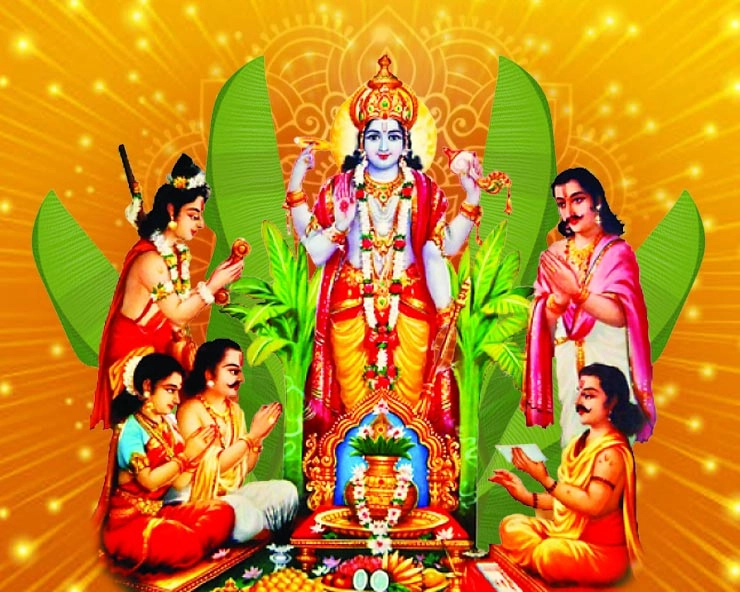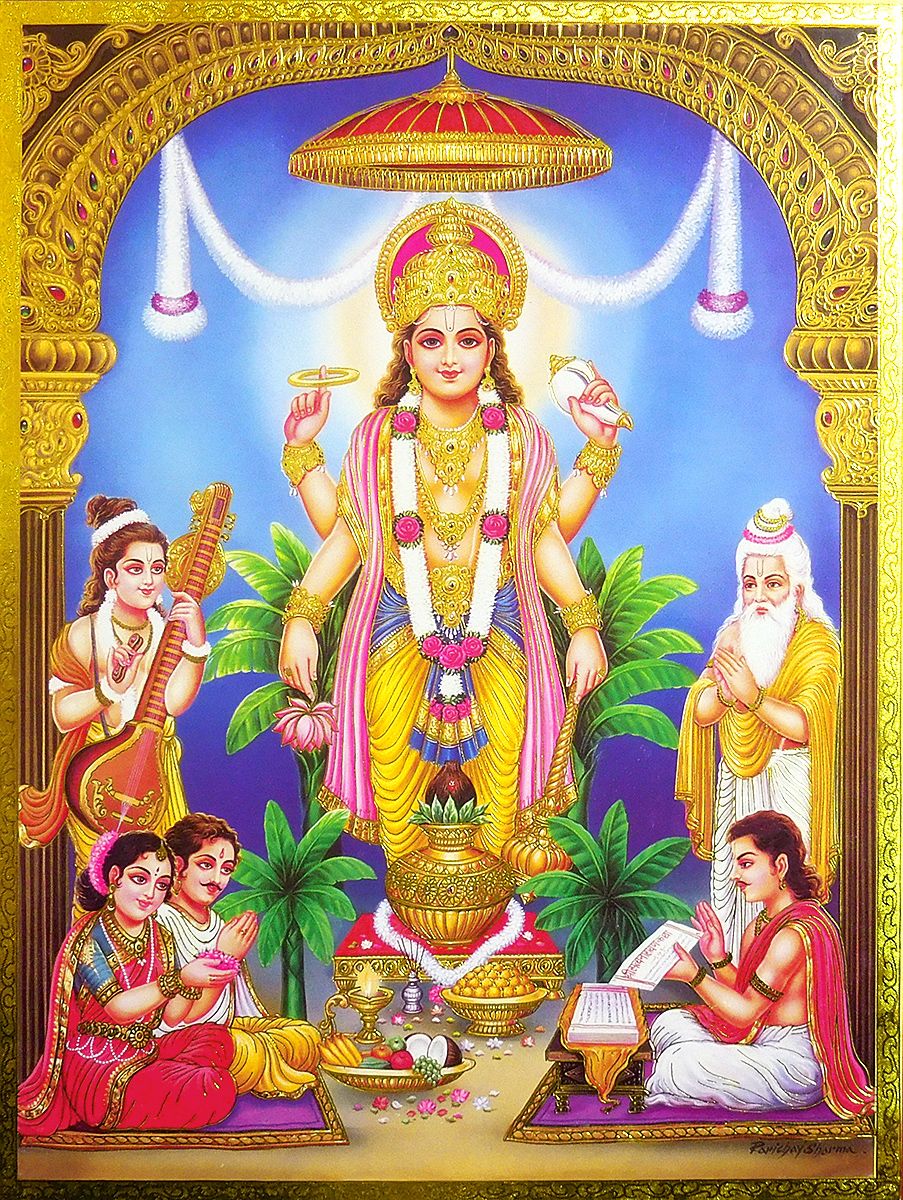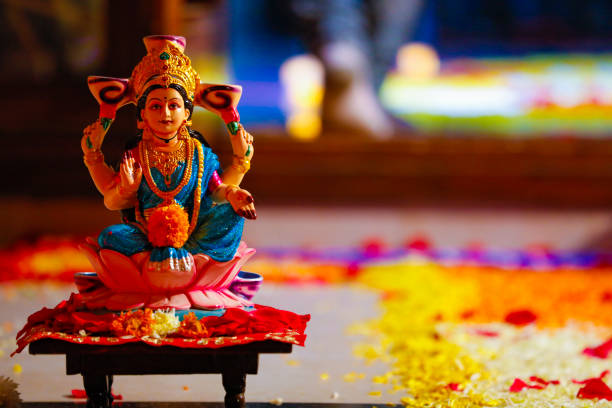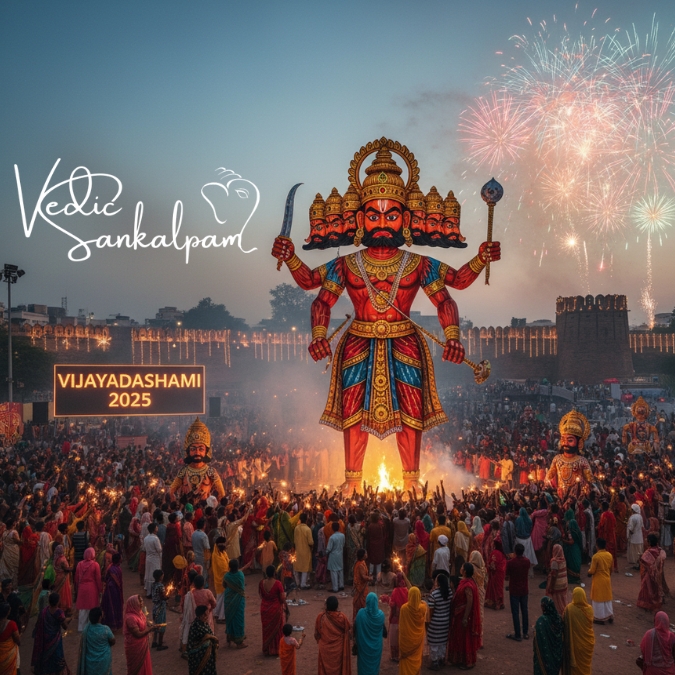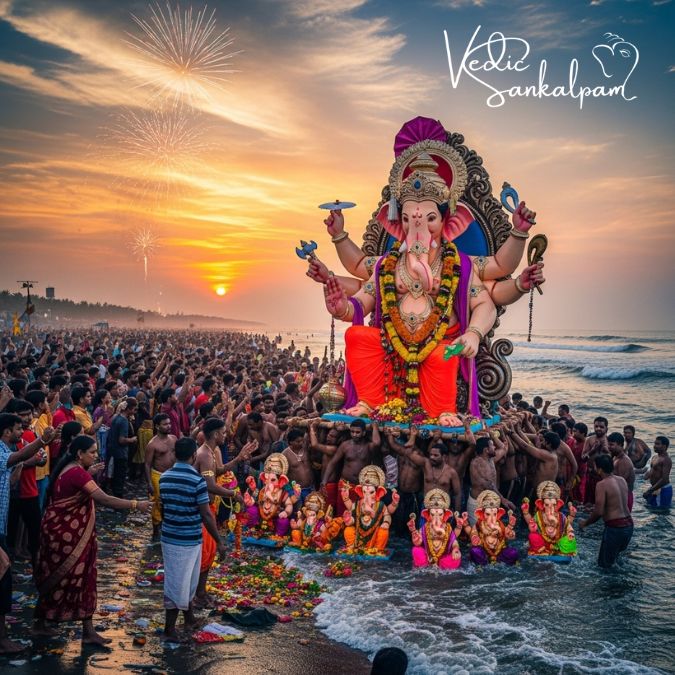In Hindu traditions, Kalash Puja is a sacred ritual that holds immense spiritual significance. The word Kalash refers to a pot or vessel, often made of brass, copper, or clay, filled with water and adorned with mango leaves and a coconut. This ritual is performed to invoke divine energy and seek blessings for prosperity, health, and happiness.
Whether you’re new to Hindu rituals or looking to understand the deeper meaning behind Kalash Puja, this article will explain everything in simple and easy-to-understand words.
What is Kalash Puja?
Kalash Puja is a traditional Hindu ceremony where a Kalash (sacred pot) is worshipped as a symbol of abundance, purity, and divine energy. The Kalash represents the universe, and the water inside it symbolizes the life-giving force. This ritual is commonly performed during festivals, weddings, housewarming ceremonies, and other auspicious occasions.
The Kalash is believed to attract positive energy and ward off negative influences. It is also considered a representation of various deities, making it a central element in many Hindu rituals.
Significance of Kalash Puja
- Symbol of Abundance:
The Kalash is seen as a symbol of prosperity and abundance. It is believed to bring wealth, success, and good fortune to the household. - Invocation of Deities:
During the puja, the Kalash is worshipped as a representation of gods and goddesses. It is believed that the divine energy resides in the water-filled pot. - Purification:
The water in the Kalash is considered pure and sacred. It is used to purify the surroundings and the participants of the puja. - Connection to Nature:
The mango leaves and coconut used in the Kalash symbolize the connection between humans and nature. They represent growth, fertility, and the cycle of life.
How is Kalash Puja Performed?
)
The Kalash Puja involves several steps, each with its own significance. Here’s a simple breakdown of the process:
- Preparation of the Kalash:
- A clean pot (usually made of brass, copper, or clay) is filled with water.
- Five or seven mango leaves are placed around the mouth of the pot.
- A coconut is placed on top of the pot, often wrapped in a red or white cloth.
- The pot is decorated with turmeric, kumkum, and flowers.
- Invocation of Deities:
- The priest or the person performing the puja chants mantras to invoke the presence of deities in the Kalash.
- The water in the Kalash is considered sacred and is used for sprinkling during the puja.
- Offering Prayers:
- The Kalash is worshipped with offerings like flowers, fruits, incense, and lamps.
- Devotees offer their prayers and seek blessings for health, wealth, and happiness.
- Conclusion of the Puja:
- After the puja, the sacred water from the Kalash is sprinkled around the house or on the participants to purify them.
- The coconut is often distributed as prasad (blessed offering) among the devotees.
When is Kalash Puja Performed?
Kalash Puja is performed on various occasions, including:
- Festivals: During Navratri, Diwali, and other Hindu festivals.
- Weddings: As part of the wedding rituals to bless the couple.
- Housewarming Ceremonies: To purify the new home and invite prosperity.
- New Beginnings: Before starting a new venture or project.
Symbolism of the Kalash
- The Pot:
The pot represents the earth and the human body. It is a vessel that holds life-sustaining energy. - The Water:
Water symbolizes purity, life, and the flow of divine energy. - The Mango Leaves:
Mango leaves represent growth, fertility, and the connection to nature. - The Coconut:
The coconut symbolizes the ego, which must be offered to the divine to attain spiritual growth. - The Red or White Cloth:
The cloth represents purity and protection from negative energies.
Benefits of Kalash Puja
- Attracts Positive Energy:
The Kalash is believed to attract positive vibrations and ward off negativity. - Brings Prosperity:
The ritual is said to bring wealth, success, and abundance to the household. - Promotes Health and Well-being:
The sacred water from the Kalash is believed to have healing properties. - Strengthens Spiritual Connection:
The puja helps devotees connect with the divine and seek blessings for a fulfilling life.
Conclusion
Kalash Puja is a beautiful and meaningful ritual that connects us to the divine and the natural world. It reminds us of the importance of purity, gratitude, and spiritual growth. Whether you’re performing it during a festival, wedding, or any other occasion, the Kalash Puja brings peace, prosperity, and positivity into your life.
So, the next time you see a Kalash adorned with mango leaves and a coconut, remember its deep symbolism and the divine energy it represents. Embrace this sacred tradition and invite blessings into your life!








